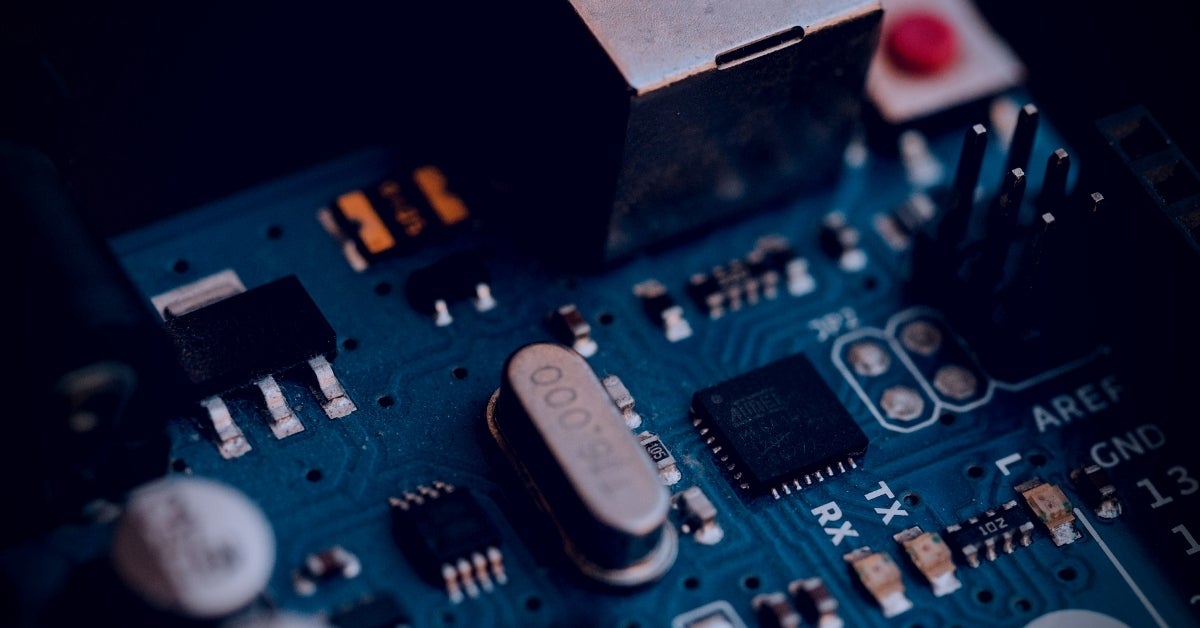
FADE DEAD | Adventures in Reversing Malicious Run-Only AppleScripts
We show how to statically reverse run-only AppleScripts for the first time, and in the process reveal new IoCs of a long-running macOS Cryptominer campaign.
Read More

We show how to statically reverse run-only AppleScripts for the first time, and in the process reveal new IoCs of a long-running macOS Cryptominer campaign.

Building the right malware analysis environment is the first step for every researcher. We show how it’s done and offer some free custom tools for your use.

Ghidra users can now enjoy the same (and more!) benefits available in IDA Pro from VirusTotal’s VTGrep plugin with this open source plugin from SentinelLabs.

Threat actors targeting macOS are deploying a new trick to hide payloads and avoid detection thanks to an old technology: the named resource fork.

In Part 3 of our series on emulating, debugging and fuzzing UEFI modules, we provide a step-by-step guide to making a coverage-guided fuzzer for UEFI code.

The ability to remotely debug an application is a useful feature, but msvsmon.exe has security implications that organizations need to be aware of.

Abusing LD_PRELOAD to intercept library calls on Linux is a known threat actor technique, but it’s possible to load libaries even before that. Meet LD_AUDIT

Learn how to emulate, trace, debug, and Reverse Engineer UEFI modules in part 2 of our new blog series on Firmware Security

Read how we discovered and exploited several severe flaws in a security product’s kernel mode driver due to a lack of user mode input validation.

Presented at DEF CON 28 (2020), this is the story of how SentinelOne researcher Barak Sternberg found four IoT vulnerabilities in thousands of smart devices.